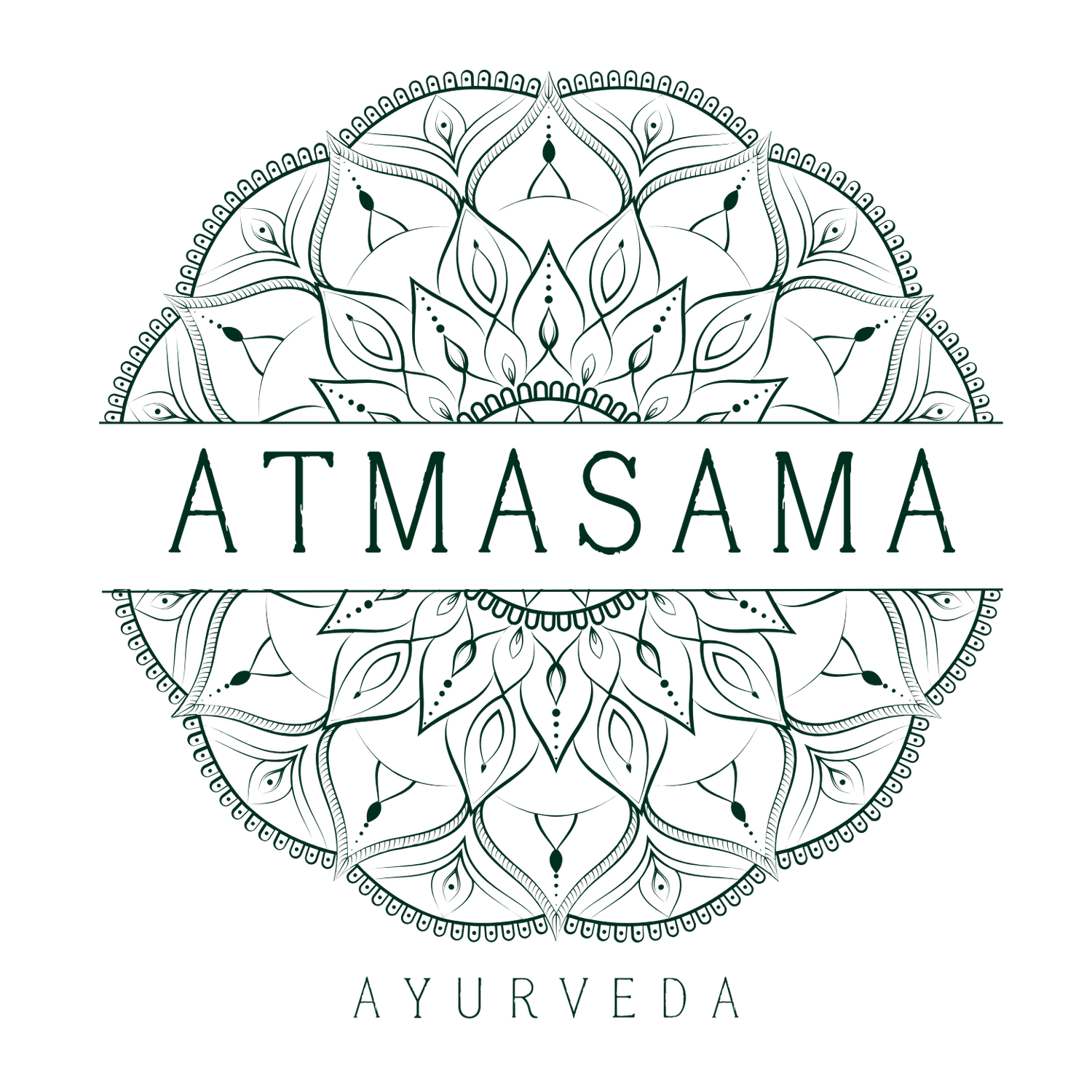3. Abhyanga Massage: What to Expect?
In a world that often pulls us away from the body into thoughts, tasks, and screens, Abhyanga calls us gently home.
This ancient practice of warm oil massage is not simply about loosening muscles or relieving tension. It is a ritual. A way of listening to the body, of honouring its wisdom, of remembering that healing does not always require effort, sometimes, it simply asks for presence.
But what actually happens in an Abhyanga session? And what makes it so deeply nourishing?
Let us take a closer look.
The Roots of Abhyanga
Abhyanga comes from the Sanskrit “abhi” (into) and “anga” (limb). It is the act of lovingly anointing the body with oil — often medicated with herbs — in slow, rhythmic strokes that penetrate not just the skin, but the subtle layers of self.
In Ayurveda, oil is not just a lubricant. It is medicine. It softens what has become rigid, pacifies the doshas, and protects the tissues from degeneration. It restores the sense of sneha — a word that means both “oil” and “love.”
To be oiled, in the Ayurvedic sense, is to be held.
Arriving at the Session
The setting is quiet, warm, and calm. You are invited to arrive as you are, no need to dress up or bring anything in particular.
Before your session you will be asked a few simple questions to understand your current state, your dosha, any imbalances, so the oil and strokes can be tailored accordingly.
You’ll have full privacy to undress. Traditionally, this massage is performed with little or no undergarments. A disposable undergarment can be provided if you prefer, your comfort and personal preferences are always respected.
The Oils: Tailored to You
The oil is warmed before it is applied. In Ayurveda, coldness is a form of imbalance, it tightens, dulls, and contracts. Warmth, on the other hand, soothes Vata, relaxes muscles, and awakens agni, the inner fire.
The oil used may be sesame-based for grounding, coconut-based for cooling, or infused with herbs like ashwagandha, brahmi, bala, or mustard seed, depending on your needs.
Oil is infused it with intention. The strokes follow the direction of the body’s channels (srotas), and often move with the rhythm of breath. Long strokes for the limbs, circular movements for joints, slow and deep where tension hides.
The Experience
The session usually lasts between 60 to 90 minutes. It is full-body, including arms, legs, back, abdomen, and often the head and face, unless you request otherwise. The massage also focuses on marma and chakra (energy) points in the body.
Each person is unique, and massages are tailored to what the body needs. Abhyanga massage helps in moving the blood, therefore releasing stagnation and aiding in waste removal. For some, the pace is slow, intentionally so, allowing the nervous system to drop out of sympathetic drive and into a state of receptivity. In this stillness, the body begins its deeper work: digesting held emotions, melting muscular armour, restoring cellular communication. For others, this may mean a faster pace, to move the blood, and energise the body.
You may feel heat release from the body. You may feel sleepy, or oddly alert. You may notice the mind quieten. These are all natural responses. Abhyanga doesn't try to “fix” the body, it speaks its language.
After the Massage
After the session, it’s best not to rush. You are invited to rest a little while, sip warm herbal tea, or simply sit quietly.
The oil is often left on the body to continue its work, ideally for at least 30 minutes, sometimes longer. It is best washed off with a gentle, natural cleanser or warm water without soap.
Importantly, the benefits of Abhyanga unfold not just during the massage, but in the hours, and days, that follow. You may sleep more deeply, digest and eliminate more easily, or feel unexpectedly calm in situations that usually provoke stress.
Why Abhyanga Matters
In Ayurveda, regular Abhyanga is considered a cornerstone of health, not a luxury, but a medicine of prevention. It is said to:
Pacify Vata, the dosha of movement, which so often becomes disturbed in modern life
Nourish dhatus (tissues) — especially skin, nerves, and bones
Support agni and circulation
Aid the removal of āmā (toxins)
Promote better sleep and a settled mind
Deepen one's connection to the body and the present moment
But perhaps most profoundly, it reawakens sneha, the memory of warmth, connection, touch.
A Return to Wholeness
In Abhyanga, the body is not a machine to be tuned, nor a problem to be solved. It is a sacred landscape, alive, intelligent, and capable of repair when met with care.
The massage is not separate from your inner work, it is part of it. A rhythm of return. A quiet remembering of your inherent wholeness.
And sometimes, without effort or striving, this is exactly where healing begins.
